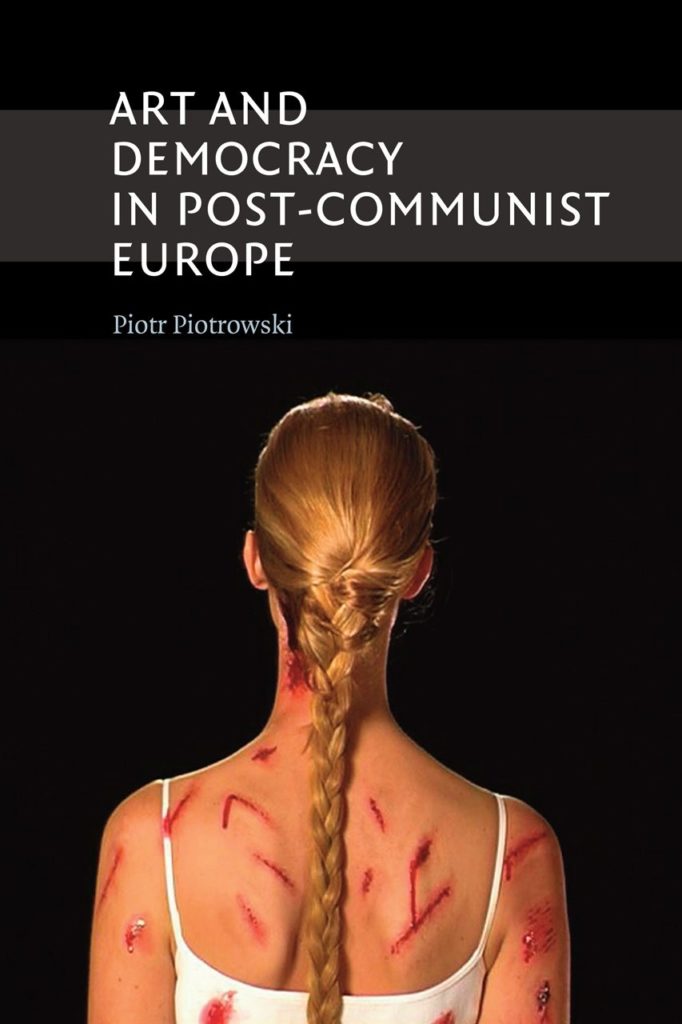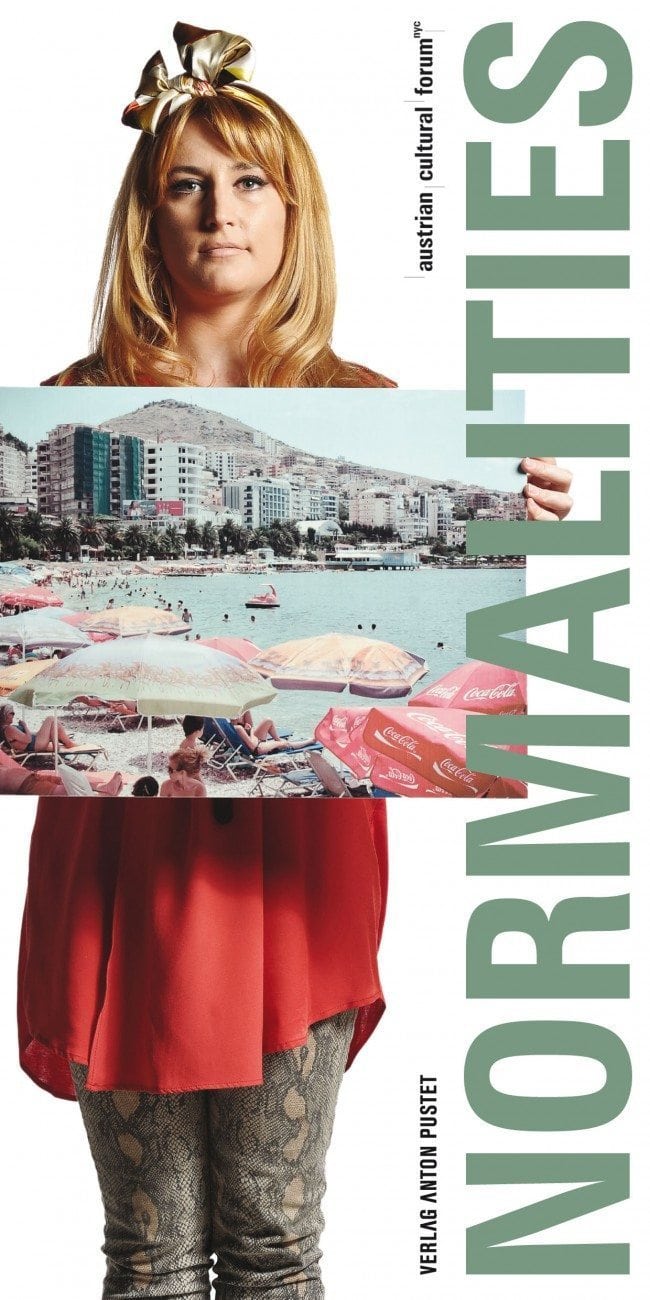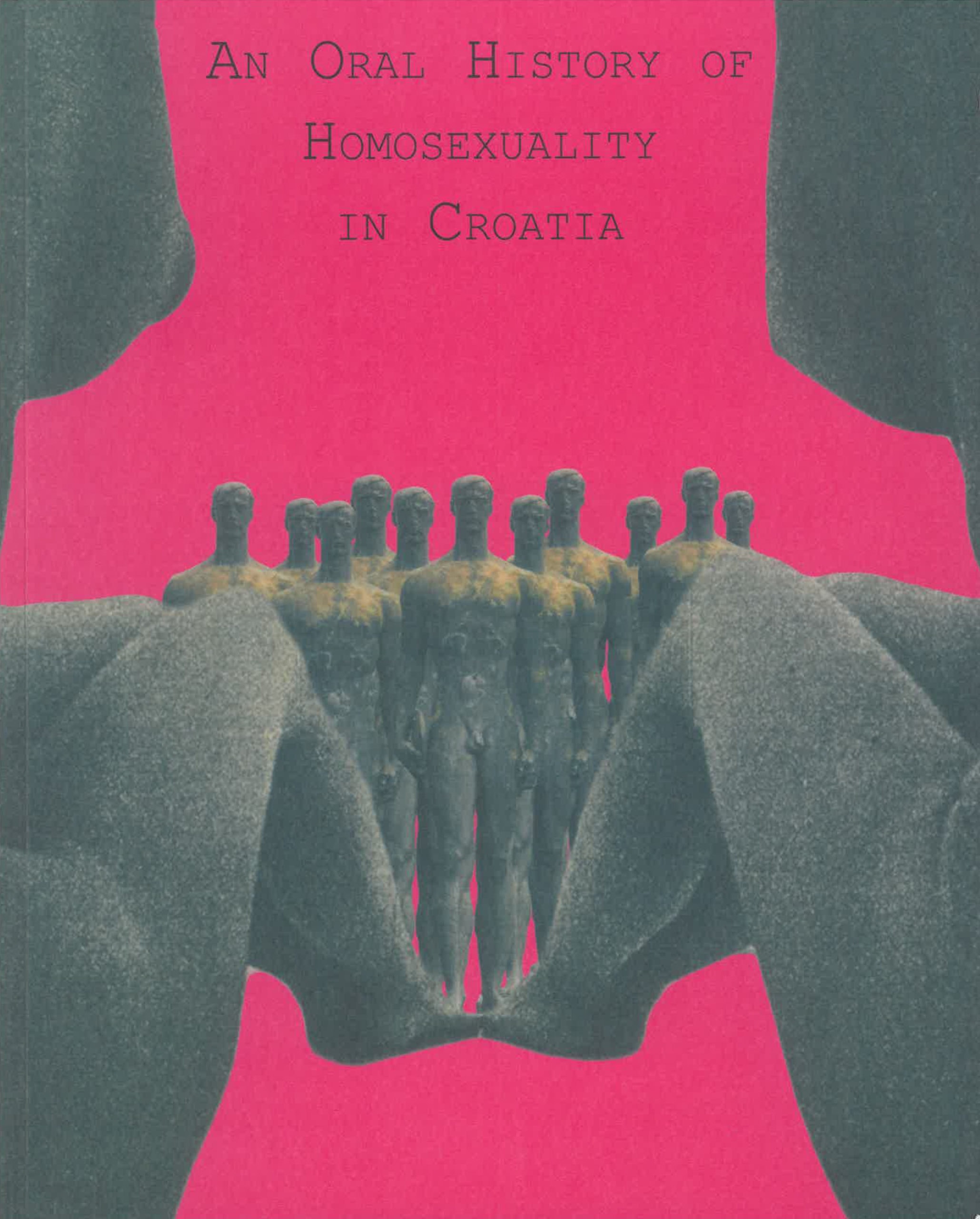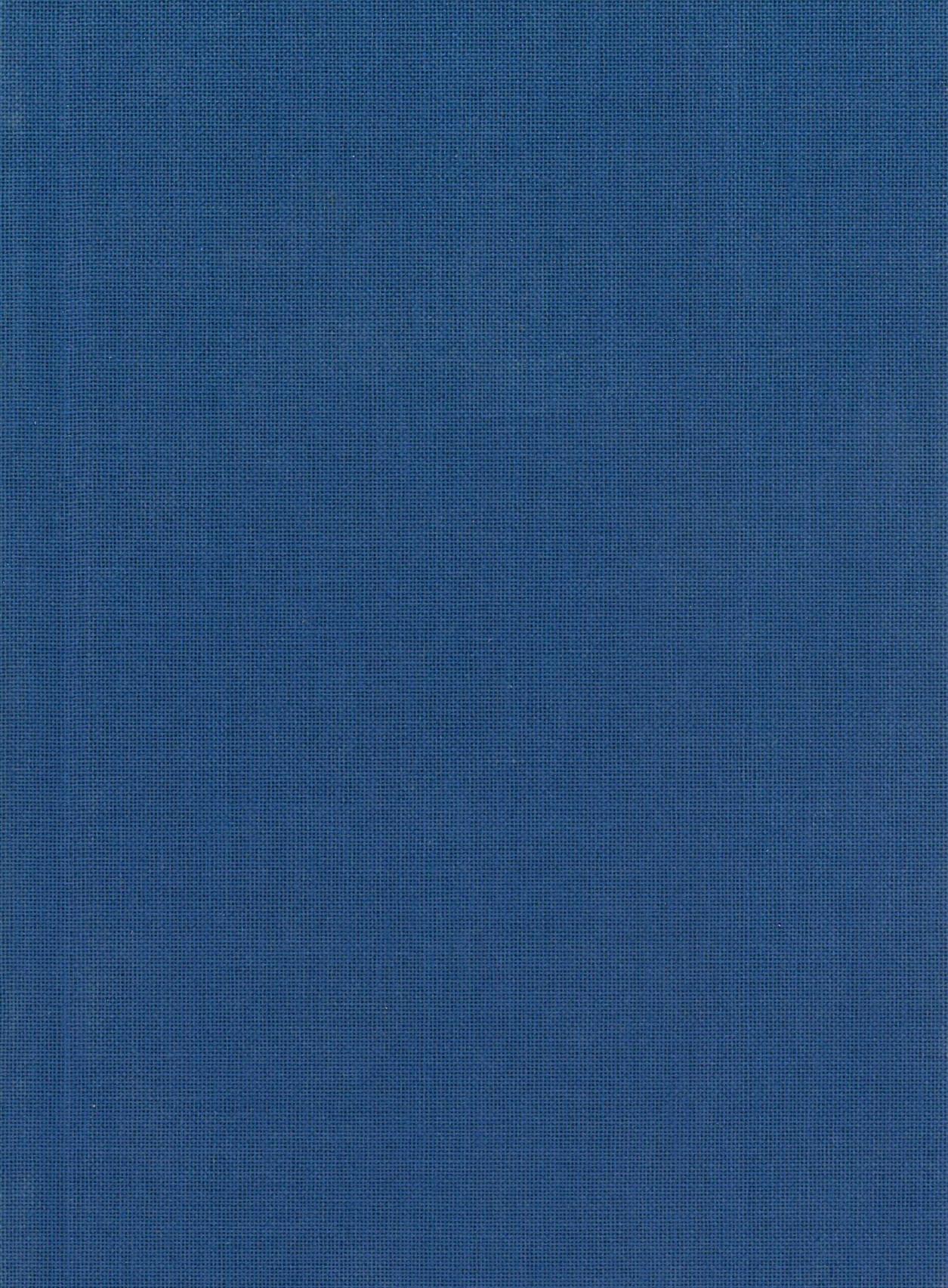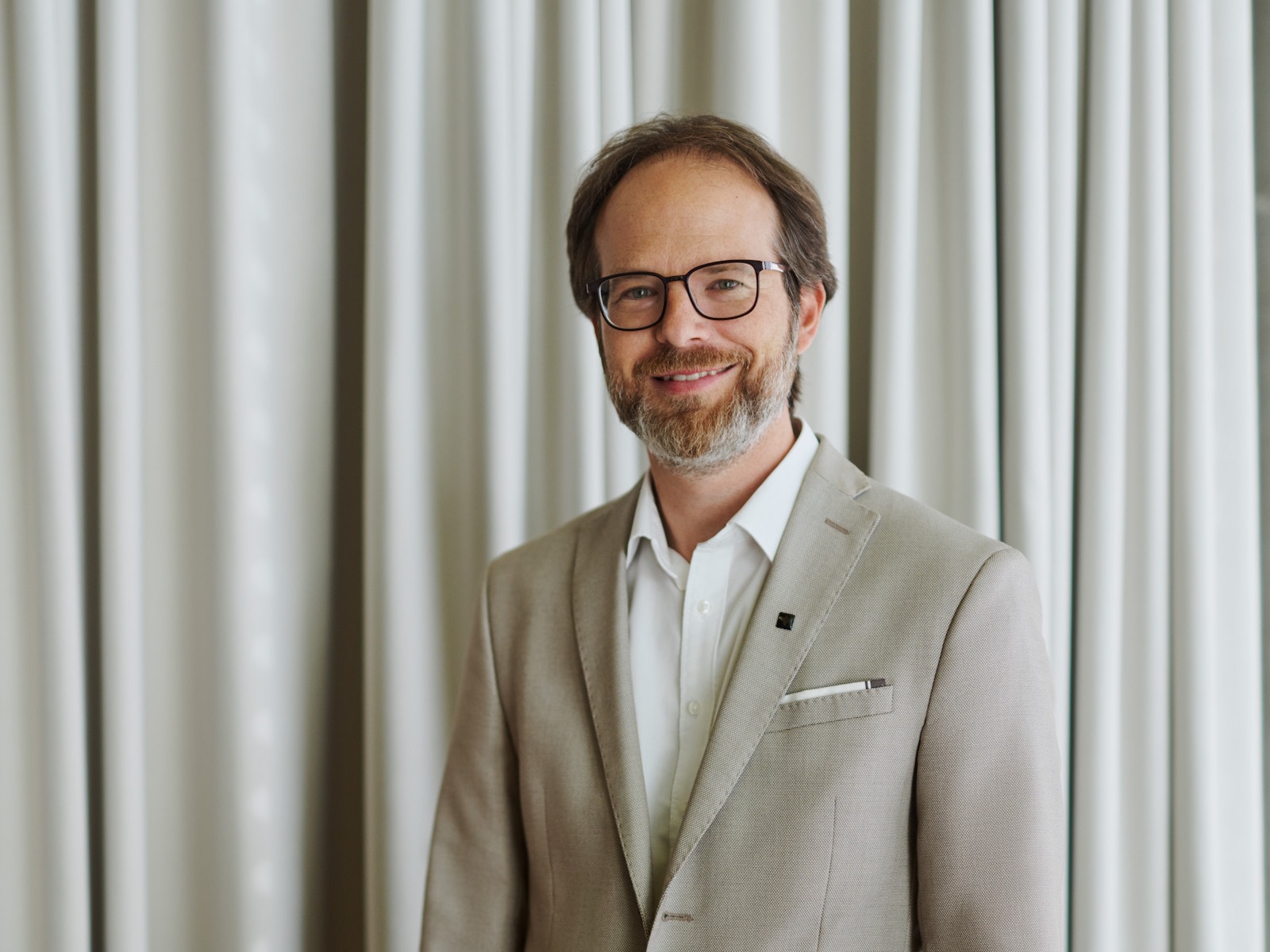The conclusion of the Cold War in 1989 signalled the beginning of a new era in Eastern Europe, and this widespread change was felt no less strongly in the world of art. In Art and Democracy in Post-Communist Europe, Piotr Piotrowski examines the art made after 1989 in Central and Eastern Europe in light of the profound political, social, economic and cultural transformations in the region.
As well as discussing these alterations, Piotrowski describes the changing nature of artworks themselves – from work moulded by the cultural imperatives of the communist state, used as a tool of political propaganda, to autonomous work protesting against and resisting the ruling powers. He describes the rich tradition of anarchistic motifs and themes of protest in Eastern European art, and the emergence of a utopian vision in more recent times. The discussion includes themes of communist memory; the critique of nationalism; issues of gender after 1989; and the representation of historic trauma in contemporary museology, going on to discuss the recent foundation of museums of contemporary art in Bucharest, Tallinn and Warsaw. The function of art in post-communist Europe is assessed, as well as its restrictions and hidden censorship mechanisms.
Throughout the book the author provides close readings of numerous artists, many new to a Western audience, such as Ilya Kabakov and Krzysztof Wodiczko, and Marina Abramovic’s work responding to the atrocities of the Balkans. This cogent investigation of the artistic reorientation of the former Communist Bloc breaks important new ground, and fills a major gap in contemporary artistic and political discourse.
This publication is available at ERSTE Foundation Library.

